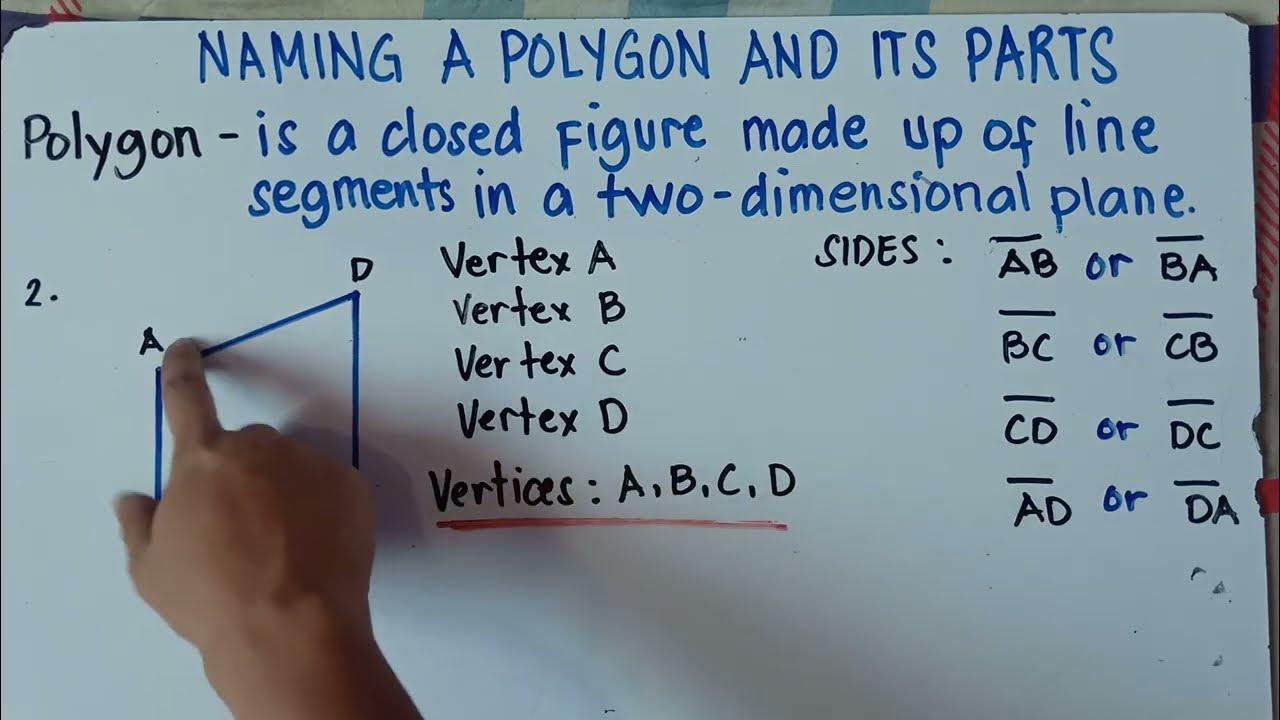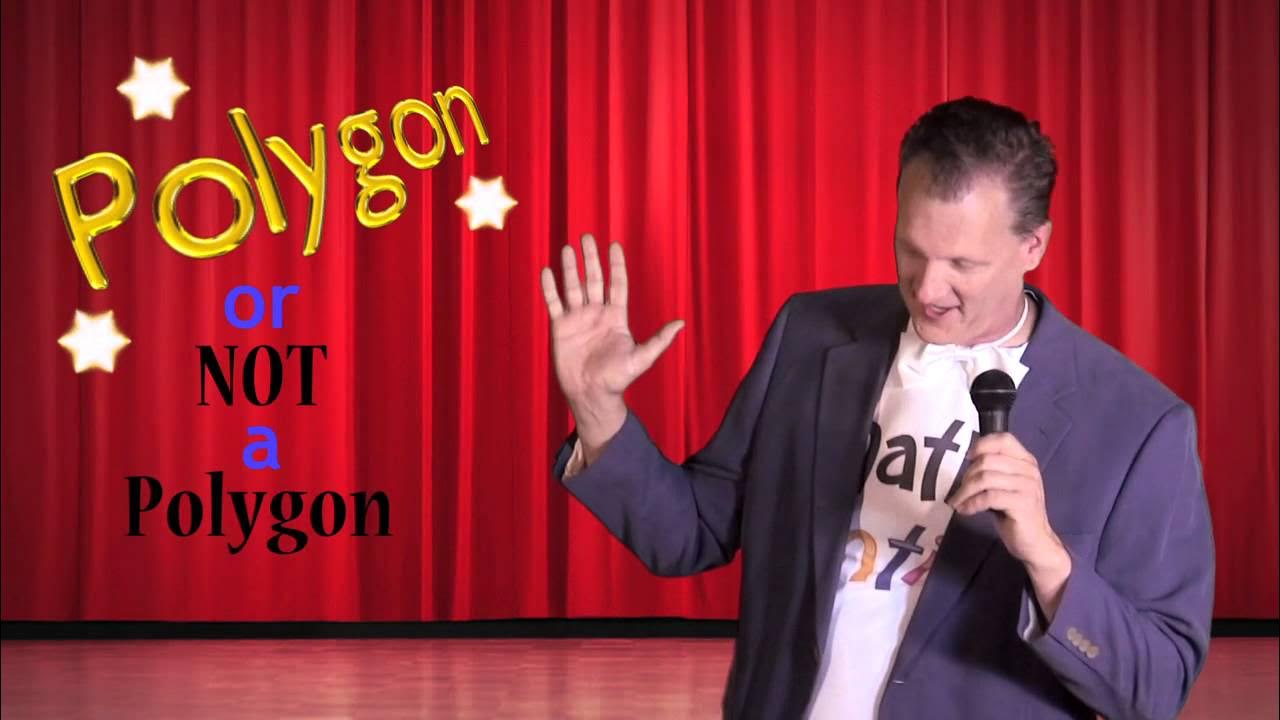Mengenal Bangun Ruang (Rusuk, Sisi dan Titik Sudut) untuk kelas 2 SD
Summary
TLDRIn this educational video, viewers are introduced to the concept of three-dimensional shapes, starting with fundamental definitions like sides, edges, and vertices. The instructor explains various types of prisms, including cubes, rectangular prisms, and triangular prisms, detailing their edges, faces, and vertices. Additionally, the video covers pyramids and their distinct characteristics. Engaging visuals and interactive questions invite students to participate actively, making the learning experience enjoyable. The session concludes with a call for viewers to identify objects, reinforcing their understanding of spatial concepts.
Takeaways
- 📚 The lesson begins with greetings and a reminder to read Basmala before starting the material.
- 🔺 Understanding geometric solids requires knowledge of sides, edges, and vertices.
- 🟩 A side refers to the outer surface of a solid shape; for example, when painting a cardboard box, the painted area represents the sides.
- 🔗 An edge is formed by the meeting of two sides, while a vertex is where three or more edges meet.
- 🔳 Solids are classified into groups, with prisms being the first category, including cube, rectangular prism, and triangular prism.
- 🟧 A cube has 12 edges, 6 square sides, and 8 vertices.
- 📦 A rectangular prism also has 12 edges, 6 rectangular sides, and 8 vertices, showing similarity to the cube.
- 🔺 A triangular prism has 9 edges, 5 faces, and 6 vertices, illustrating the diversity in prism shapes.
- 🏔️ Pyramids belong to a different category known as pyramids, which include cone, square pyramid, triangular pyramid, and others.
- ✅ The lesson concludes by inviting students to guess an object shown in the video, emphasizing engagement and interaction.
Q & A
What are the three main concepts introduced in the lesson on three-dimensional shapes?
-The three main concepts are 'Sisi' (faces), 'Rusuk' (edges), and 'Titik Sudut' (vertices).
How is a cube defined in terms of its edges, faces, and vertices?
-A cube has 12 edges, 6 faces, and 8 vertices.
What characteristics define a prism?
-A prism has two identical bases connected by rectangular lateral faces, and its cross-section remains constant along its length.
Can you name three types of prisms discussed in the lesson?
-The three types of prisms discussed are the cube, rectangular prism (balok), and triangular prism (prisma segitiga).
What is the total number of edges in a rectangular prism?
-A rectangular prism has a total of 12 edges.
How many faces does a triangular prism have?
-A triangular prism has 5 faces.
What type of shape is a pyramid classified as?
-A pyramid is classified as a 'limas' and has a base that is a flat shape and a point that tapers upward.
How many vertices does a triangular prism possess?
-A triangular prism possesses 6 vertices.
What is the significance of learning about three-dimensional shapes in this lesson?
-Learning about three-dimensional shapes helps students understand spatial relationships and properties of shapes used in real-world applications.
What interactive element is included in the lesson to engage students?
-The lesson includes an interactive element where students are asked to guess the shape of an object presented on the screen.
Outlines

This section is available to paid users only. Please upgrade to access this part.
Upgrade NowMindmap

This section is available to paid users only. Please upgrade to access this part.
Upgrade NowKeywords

This section is available to paid users only. Please upgrade to access this part.
Upgrade NowHighlights

This section is available to paid users only. Please upgrade to access this part.
Upgrade NowTranscripts

This section is available to paid users only. Please upgrade to access this part.
Upgrade Now5.0 / 5 (0 votes)





